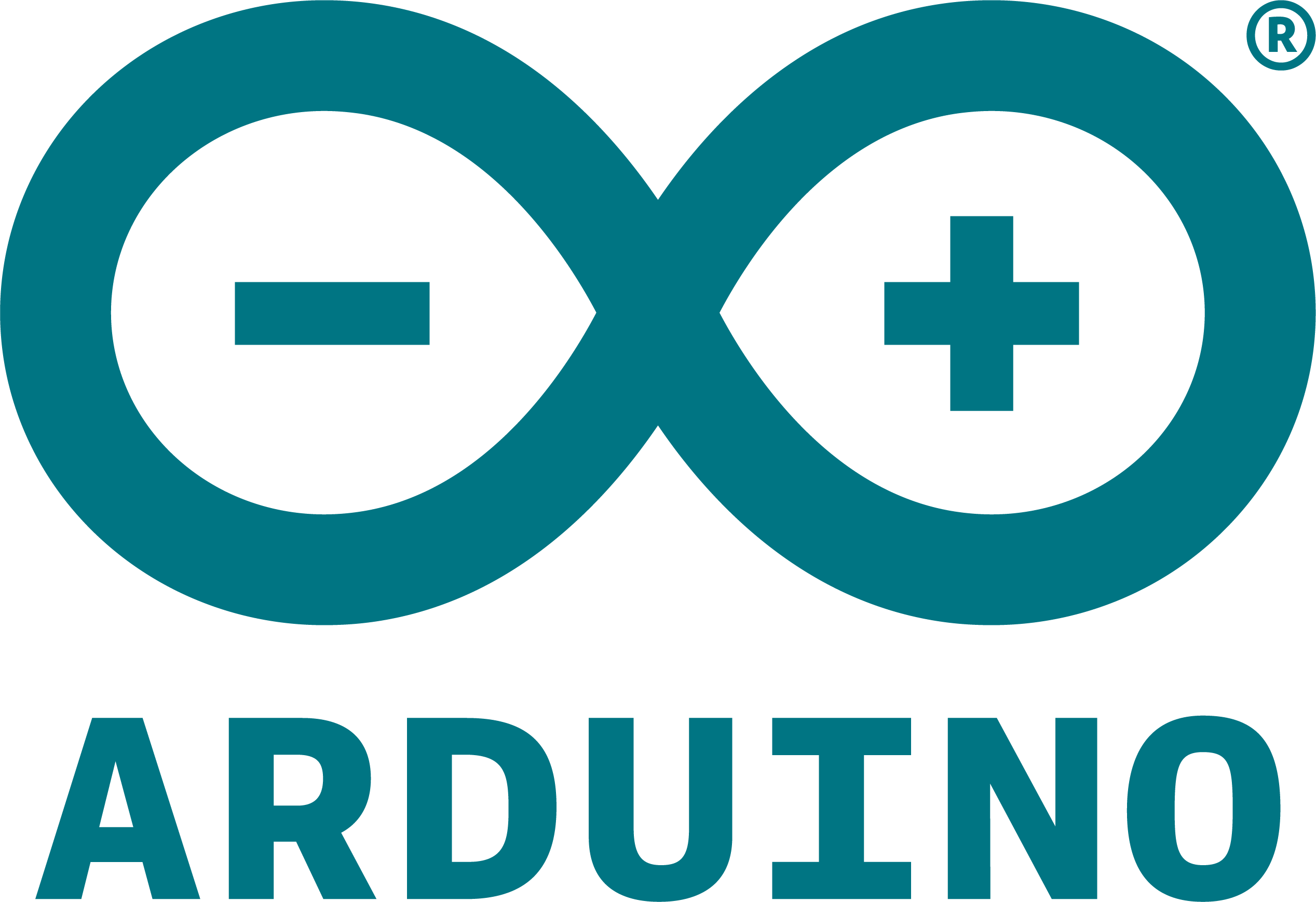
Arduino
Arduino is an open-source electronics platform that provides hardware and software solutions for building interactive objects and environments. With a mission to make technology accessible to everyone, Arduino offers easy-to-use tools and resources for people of all skill levels to explore and experiment with electronics. The company's flagship product, the Arduino board, is a microcontroller-based development board that can be used to create a wide range of projects, from simple LED displays to complex robots. Arduino also offers a comprehensive software development environment, including an integrated development environment (IDE) and a vast library of code examples and resources. These tools enable developers and hobbyists to quickly and easily prototype their ideas and bring them to life. In addition to its core products, Arduino has a thriving community of makers, enthusiasts, and educators who share their knowledge and collaborate on projects through forums, workshops, and events. Arduino's open-source philosophy and commitment to accessibility have made it a popular choice for hobbyists, educators, and professionals alike, driving innovation and creativity in the field of electronics and beyond.
FPGAs (Field Programmable Gate Array)
Results:
Results remaining:0
Applied Filters:
Arduino
No data |
About FPGAs (Field Programmable Gate Array)
Field Programmable Gate Arrays (FPGAs) are integrated circuits that can be reprogrammed to perform a wide range of digital functions. Unlike traditional fixed-function integrated circuits, FPGAs can be configured and customized by the user to implement specific logical operations, making them highly versatile and adaptable to different applications.
Functionality:
FPGAs consist of an array of configurable logic blocks (CLBs), interconnects, and embedded memory elements. These components can be programmed to create custom digital circuits and perform a variety of tasks, including data processing, signal manipulation, and control functions. The flexibility of FPGAs lies in their ability to be reconfigured as needed, allowing for rapid prototyping and development of complex digital systems.
Usage Scenarios:
FPGAs are used in a wide range of scenarios where customizable digital logic and high-performance processing capabilities are required. Some common usage scenarios include:
Prototyping and Development: FPGAs are popular for rapid prototyping and development of digital systems, allowing designers to test and iterate on different configurations without the need for custom silicon.
Digital Signal Processing: FPGAs excel at implementing digital signal processing algorithms for tasks such as audio and video processing, communications, and sensor data analysis.
High-Performance Computing: FPGAs can be used to accelerate specific computational tasks through parallel processing, making them suitable for high-performance computing applications.
Embedded Systems: FPGAs are employed in embedded systems to implement custom control and processing functions, especially in applications where off-the-shelf microcontrollers or processors may not provide the necessary performance or flexibility.
Usage Fields:
FPGAs have applications across various fields, including:
Telecommunications: FPGAs are used in telecommunications infrastructure for tasks such as signal processing, protocol handling, and network packet routing.
Aerospace and Defense: FPGAs find use in radar systems, avionics, and military applications where high reliability and real-time processing capabilities are essential.
Industrial Automation: FPGAs can be found in industrial control systems, robotics, and factory automation equipment for implementing custom control and monitoring functions.
Medical Imaging: FPGAs are utilized in medical imaging equipment such as MRI machines and ultrasound systems for real-time signal processing and image reconstruction.
In summary, FPGAs are reprogrammable integrated circuits that offer customizable digital logic and high-performance processing capabilities. They find applications in prototyping, digital signal processing, high-performance computing, embedded systems, and various fields including telecommunications, aerospace and defense, industrial automation, and medical imaging.
